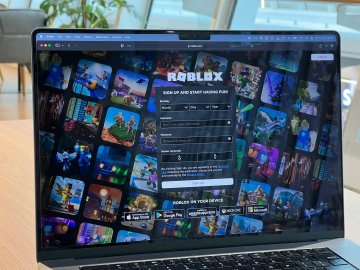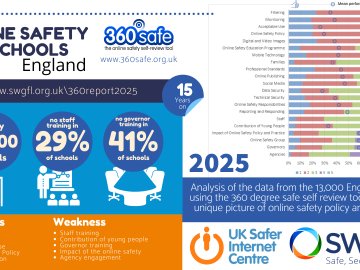Over the last few years, the POSH helpline has been teaming up with HeadStart Kernow to help and advise them on the shiny new Online Resilience Tool. Carmel (helpline lead) has been making numerous journeys down to our neighboring county, (one time being led right into the middle of a field by the trusty sat nav), and attending online meetings for what feels like a very long time. So, it is with great pleasure to finally be able to share this resource.
What is it?
Much like the Brook traffic light tool, The Online Resilience Tool provides a practical way for professionals to assess young people’s online behaviour and help them make decisions about whether that behaviour represents risk of harm.
Developed as part of the Digital work-stream of the HeadStart Kernow programme, in partnership with University of Bournemouth and our very own helpline, the tool provides explanation and insight into behaviors we might not always understand
Why is it important?
Sometimes as professionals, we may not have immersive experience of the world young people engage with online on a regular basis. We therefore may not always understand what they are telling us, or what impact their online life/behaviors is having on their mental health and wellbeing. As children and young people, they may not even comprehend where that impact is coming from or be aware that their online life effects their offline life.
On the helpline, we receive many cases where a tool like this could really help a professional understand and address the issue they are presented with. To explain, we have put together this composite case study;
A head teacher calls, they are currently trying to address a school fight in the playground between two year 5’s (9 years old)- both like to play a game together online. Prior to this, the head had heard from the class teacher that these boys had been very quiet and tired in class. We get to talking about what has happened between the children today- within the game you can buy accessories, but you can also steal them. One of the children was accusing the other of doing so and this has led to a scuffle in the playground. The age rating for the game is a 12 so neither are old enough to play the game.
If we took a moment here to look at the tool, we could pull out a few issues and then asses each one. The issues;
- Playing age restricted games
- Spending real money on virtual accessories within games
- Sleep deprivation from playing late into the night
There are then broader issues around friendship and violence - but for today, we will just focus on the online elements.
The behaviors in the tool are split into three categories;
- Not harmful
- Potentially Harmful
- Harmful
From using the tool in this case I would be able to establish that the most serious and harmful behavior is “disrupted sleep through device dependence/gaming” . This tool helps professionals prioritize and address the issues most pressing at that time. Playing age restricted games would come up within the review but is categorized as “potentially harmful”. This could be a secondary part of the conversation you would need to have with the parents. The buying of commercial goods within games and so on is ultimately up to the parents. It would become “harmful” if the spending was a form of gambling, which in gaming it sometimes can be, so this would have to be looked into further.
How can it help?
To help you understand more about how the tool was developed and how to use it, click here.
Of course, this will not answer every question, but it is great start. You may still want to call the helpline to unpick the issue but then use the tool to identify different behaviors within that situation or case.
Head start will also be providing associated training with the tool which will cover in more depth, how to use the tool and what to do when a behavior has been identified.
It has been a real privilege and pleasure to work on a tool that we believe will have a real positive impact for professionals working in this space. Please download and take a look.






